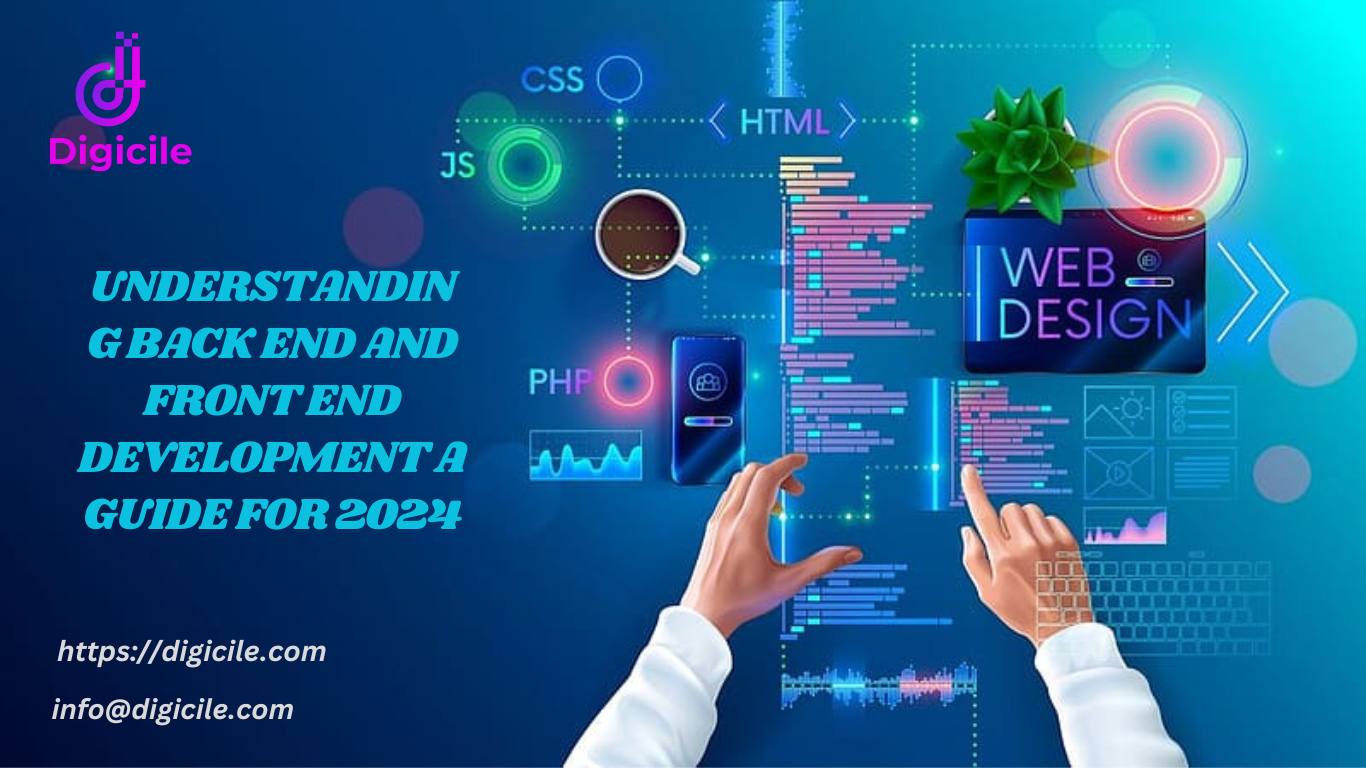In web development, “back end” and “front end” cover a broad range of technologies and skills. As we progress through 2024, understanding these concepts is essential for anyone creating modern web applications. This guide offers an overview of back end and front end development, showcasing the latest trends and technologies.
What is Front End Development?
Front end development focuses on the part of the web that users interact with directly. It’s all about creating a seamless and engaging user experience. The front end is built using three primary technologies:
HTML (HyperText Markup Language): The backbone of any website, HTML provides the structure and content.
CSS (Cascading Style Sheets): This language is used to style and layout the web pages, ensuring they look attractive and are responsive to different devices.
JavaScript: This scripting language brings interactivity to web pages, allowing for dynamic content and user interactions.
Trends in Front End Development for 2024
WebAssembly: This binary instruction format is gaining traction, enabling high-performance applications on the web that were previously not possible with JavaScript alone.
Progressive Web Apps (PWAs): PWAs continue to blur the line between web and mobile apps, offering offline capabilities, push notifications, and enhanced performance.
Frameworks and Libraries: React, Vue.js, and Angular remain popular, but there’s a growing interest in newer frameworks like Svelte and SolidJS, which offer improved performance and developer experience.
CSS-in-JS: Tools like styled-components and Emotion are streamlining the way styles are handled in JavaScript applications, promoting more modular and maintainable code.
What is Back End Development?
Back end development refers to the server-side logic and database interactions that power a web application. It involves:
Server-Side Languages: Common languages include JavaScript (Node.js), Python, Ruby, Java, and PHP. These languages process requests, interact with databases, and perform complex calculations.
Databases: The back end relies on databases to store and retrieve data. Popular databases include SQL-based systems (like MySQL and PostgreSQL) and NoSQL systems (like MongoDB and Redis).
APIs (Application Programming Interfaces): APIs facilitate communication between different software components. RESTful APIs and GraphQL are widely used for their flexibility and efficiency.
Trends in Back End Development for 2024
Serverless Computing: Platforms like AWS Lambda, Azure Functions, and Google Cloud Functions are enabling developers to build and deploy applications without managing server infrastructure, promoting scalability and cost-efficiency.
Microservices Architecture: Breaking down applications into smaller, independent services is becoming standard practice, improving maintainability and allowing teams to deploy changes more rapidly.
GraphQL: This query language for APIs offers a more efficient, powerful, and flexible alternative to REST, allowing clients to request exactly the data they need.
Edge Computing: By processing data closer to the user, edge computing reduces latency and improves performance, which is particularly beneficial for real-time applications.
Bridging the Gap: Full Stack Development
With the increasing complexity of web applications, the demand for full stack developers—those who can handle both front end and back end development—is on the rise. Full stack developers need to be proficient in a wide range of technologies and understand how the front end and back end interact.
Conclusion
Understanding the distinctions between back end and front end development is key for creating modern web applications in 2024. Whether you focus on one area or aim to be a full stack developer, staying updated with trends and technologies will keep you competitive. Mastering both areas enables you to build innovative and robust web solutions.






